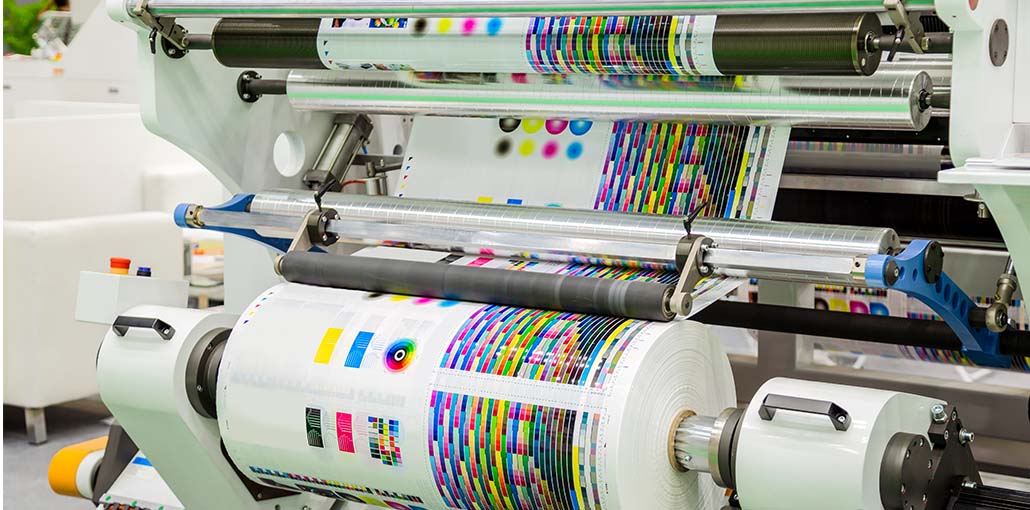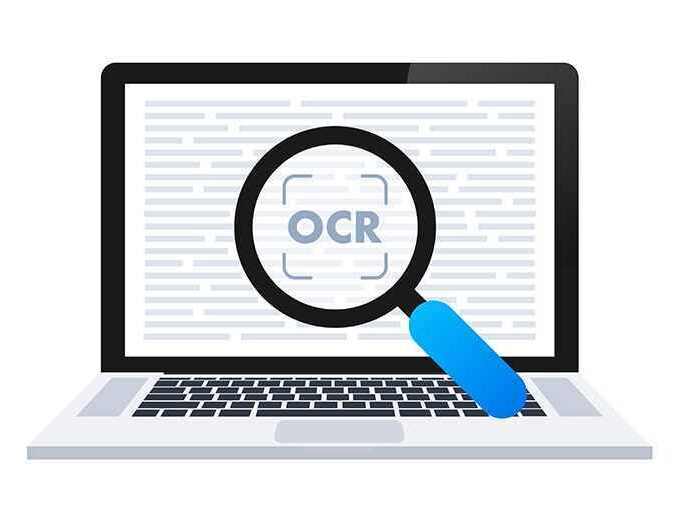Printing and applying labels is a crucial part of any retail business. Whether you use them for packaging, barcoding, or branding, labels perform a pivotal role across your whole supply chain. In fact, your labelling decisions can even impact whether or not a customer chooses to buy your product. As a result, it’s important to find a way to print and apply your labels accurately, with maximum efficiency and minimum cost.
Whichever labels you use, there are 6 key options for printing and applying them to your products. And there’s a lot to consider before you decide which method is best for you. From manual application to sophisticated automated processes, each print and apply option offers benefits for different businesses and products. Here’s what you need to know about each method.
Manual Printing & Application
Many small businesses start out by printing and applying labels manually, as it needs minimal investment and can be done by anyone. Using a template or online labelling software, you can design the artwork for your labels and use mail merge in Word or Excel to send your labels to your office printer. Once they’ve been printed, you can apply the labels to your products or packaging by hand.
But while the overheads may be low, manual print and apply is an inefficient way to label your goods. You’ll need a lot of time and patience, and it’s subject to human error. Plus, as your enterprise grows, the cost of maintenance and consumables will increase, meaning you may not save as much money in the long run.
Wipe-On
Wipe-on label application – also known as direct apply or merge application – is a popular method for attaching labels to your products swiftly and easily. In this method, the label applicator syncs up with your product conveyor belt so that a roller or brush can smoothly apply the label to the product surface. This works well for labelling items continuously in large volumes, especially where you don’t need to make any changes to the type of label you’re using.
It’s a slick, effective technique, as the labels can be printed as they’re applied, saving time and manual processing. However, you’ll need to make sure your machines are in sync to avoid label wrinkling and damage. Fixing wrinkled labels can be arduous at best, impossible at worst – so it’s a problem that’s best avoided in the first place. If you need to stop either of the machines for any reason, it’s important to check they’re in sync when you restart them.
Also read: Top 5 Team Collaboration Tools Your Company
Blow-On
This method uses a different strategy for label application, which is particularly suitable for labelling fragile products, or those with an unusual shape. Blow-on labelling works by creating a vacuum between the label applicator and the product, which, when released, creates a blast of compressed air that presses the label onto the product. As a result, the applicator doesn’t touch the product, so there’s less chance of it causing damage to the items. Plus, it can mould the label to a variety of shapes – so it’s great if you’re labelling something other than a standard square box.
Unlike the wipe-on method, the blow-on technique requires the product to pause directly below the vacuum so it can be labelled. Although this slows the process down a little, there’s less need for perfect synchronisation between the applicator and the product conveyor belt. You can also easily switch between different labels if you need to, as there’s no need for multiple change parts or guides.
Touch-On
Touch-on label application is also commonly known as tamp application. This method involves a moving label applicator that moves across stationary or moving items beneath it. The tamp moves down and presses the label onto the product, so it works well with flat or slightly rugged surfaces.
Unlike wipe-on and blow-on methods, this print and apply method doesn’t need to work in tandem with a conveyor belt. This can make it a viable choice if you don’t use conveyor belts in your product processing. It’s also a relatively low maintenance label applicator, with simple mechanisms and the flexibility to apply labels of different sizes. However, it’s not suitable for applying labels to fragile goods, or items that have an unusual shape.
Tamp & Blow
As the name suggests, this method combines the tamp and blow methods above to create an accurate, non-contact application. The tamp brings the label close to the product surface, then the machine creates a vacuum to apply it to the product. As a result, this method is suitable for the precision labelling of fragile products.
Synchronisation isn’t overly important with this method, as many tamp and blow labelling machines will pause to wait for the product for optimum label application. However, there are a series of complex, intricate parts in a tamp and blow machine – so maintenance and service costs can be high if something goes wrong.
Swing-On
This method uses an arm attachment to swing the label out and onto the product surface. Most swing-on arms use vacuum technology to pick up the label and apply it to the product, before swiftly repeating the process.
This method offers a reliable way to label the front of a product or box, rather than the top, without needing to rotate the product prior to labelling. This works well for branding labels and other decorative labels. However, it’s a little slower than some of the other techniques, as the arm needs time to select and apply the next label.
Which Print And Apply Method Is Best For Your Products?
The method you choose is likely to depend on the shape of your products, as well as your budget and existing production processes. For uniquely shaped or delicate products, the blow-on application is ideal, while flat or lightly textured surfaces benefit from a touch-on application. The wipe-on application, meanwhile, is great for uniform product labelling with minimal changes to your label types.
Whichever method you decide on, many manufacturers offer a range of attachments to make it easy for you to customize your print and apply labelling machines . It’s a great way to get more flexibility over your product labelling. Choose from blow-on, touch-on, swing-on or wipe-on accessories. Each accessory is compatible with our print and applies machines, so you can make your labelling process as effective and efficient as possible.










Leave a comment